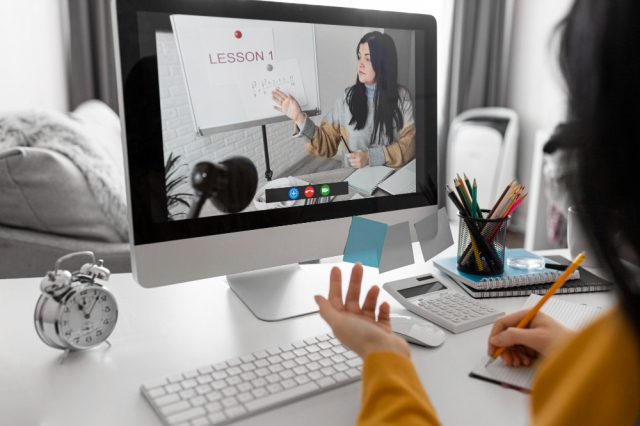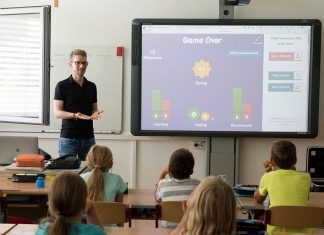Many people who are looking to undertake training in nursing or healthcare in 2022 are surprised when they begin searching online and find that some of these skills and courses can be trained and taught remotely. This means you can learn them at your own pace, and in any location—whether it is your bedroom or your living room.
However, there is a school of thought that states that it would be quite unwise to attempt to learn these skills by yourself in a room, and states that in order to care for somebody effectively, you have to actually be present. The reality of dealing with the situation virtually and in the real world is very different, and even with the most recent advances in virtual reality training headsets, many people who are looking to train those in the area of nursing life support state that a presence in the room with them is warranted. This is primarily to ensure that the training is complete and understood.
So, with that in mind, what are some of the life-saving skills that can be learned online, and which ones are better left to be learned from somebody in person? This article provides a very brief guide.
Skills You Can Learn Online
CPR
Most people are familiar with CPR, and it is a form of basic life support. Interestingly, many people will state that you cannot learn all aspects of CPR virtually, as you need to be able to gauge the amount of pressure that you put onto somebody's chest during chest compressions.
However, you can learn the rhythm at which you apply the chest compressions online, and you can also learn to time as and when it is required for you to breathe into the person's mouth. You can also learn about approaching them if they have collapsed to assess their consciousness online.
Risk Assessment
Risk assessments relating to injuries can also be taught online. If you were to approach somebody who had been electrocuted, for example, or you suspect they have been electrocuted, it can be shown and displayed online how best to approach them and to minimize the risk.
Stroke Assessment
Most people have heard of the FAST acronym, which stands for face, arms, speech, and time and is related to stroke assessments.
Conducting a stroke assessment which can indeed be a life-saving skill, can be taught online and will involve you being able to identify sagging of the face, lifting the arms, identifying speech patterns in somebody who may have suffered from a stroke, and ensuring that they receive treatment promptly which will reduce the risks associated with the damage caused by the stroke.
Skills You Can (But Should Not) Learn Online
Defibrillation Use
Technically, you can learn how to use an external defibrillator online, but it's not advisable. Every workplace, school, and place of public gatherings has to have an external defibrillator to hand, and while it may be simple to learn how to do it online, it does not compare to the real world. There are many different types of external defibrillators in use, and if you only watch one video, you will not be advised on how to use each of them, although they will be similar. Having somebody trained on hand to show you how to use this life-saving piece of equipment is more likely to result in better long-term outcomes if you ever need to use it.
Chest Compressions
As mentioned before, most people are familiar with what chest compressions are, and they are a central part of CPR. However, you simply cannot learn how to perform them effectively via an online video. Thus, it is well worth undertaking a training course where you will have access to a dummy to practice your chest compressions on, and you will have a person overseeing your chest compressions to advise you on how best to give them in order to save someone's life.
As stated earlier, you can learn the rhythm of performing chest compressions via an online video, but the depth is also important. If the compressions are too weak, the heart will not move blood around the body. So, if you are looking to undertake any life-saving skills, it is well worth investing a bit more time and money into attending a course that is being conducted by a professional. This will also provide you with a certificate that will look better relating to employment than simply following a video on a platform like YouTube!






